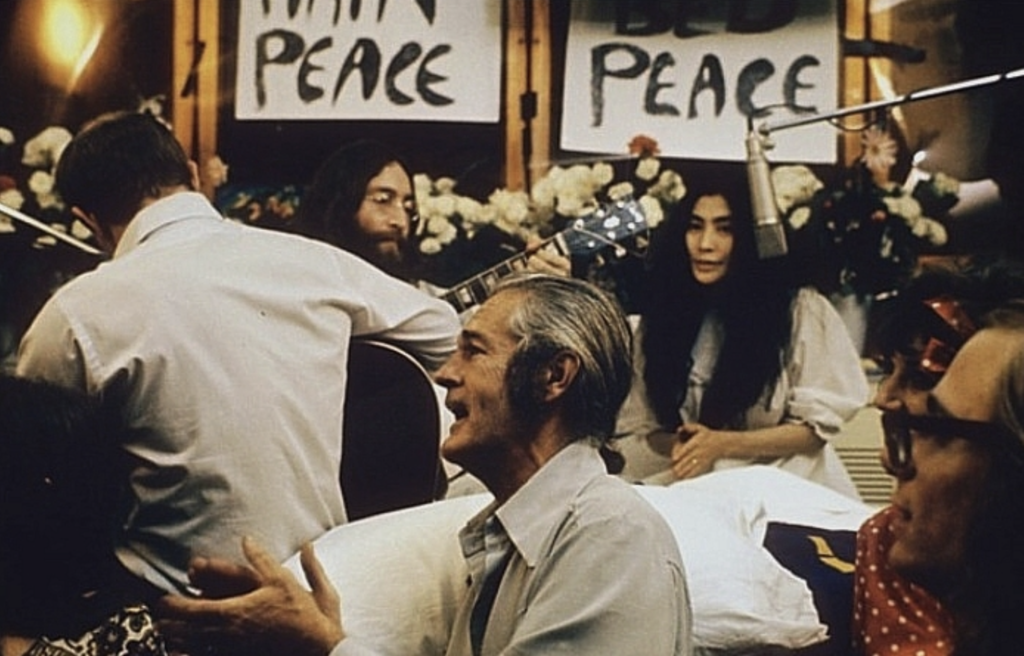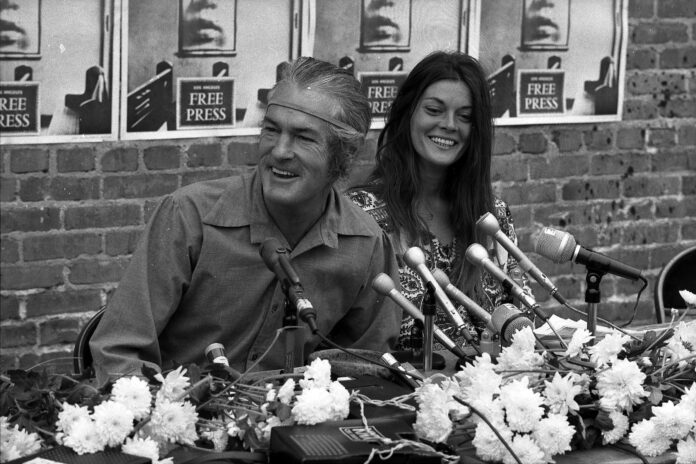Just when we thought we knew all about American counterculture and its figures, New York Times bestselling author Susannah Cahalan uncovers the life of writer Rosemary Woodruff Leary and her complicated relationship with her husband, the infamous LSD-promoting psychologist and Harvard professor Timothy Leary. During the days of folk music, rock ‘n’ roll songs of freedom, antiwar protests, and drug experimentation, the couple cultivated highly psychoactive ideas in the Bay Area and New York that eventually broke through across the United States.
In the Acid Queen: The Psychedelic Life and Counterculture Rebellion of Rosemary Woodruff Leary (Viking, $32), Cahalan exposes the woman’s story through archives, diary entries, and interviews with those who knew her. The book takes the reader through Woodruff’s life in San Francisco, Southern California, and New York.
Woodruff was a beatnik who loved to revel with artists, writers, and musicians in smoke-filled jazz clubs. She came of age at a time when men dominated the arts, while the opposite sex was expected to catere to their joys and needs as “the ideal woman of the era’s enlightened men.” There’s no doubt Rosemary served as the muse and assistant for her partner—but as the book details, she also searched for her own identity, and had important reasons of her own for promoting acid trips.
“Before my first psychedelic experience, I didn’t have the feeling of belonging anywhere, even not in my own body,” she once said. “I always felt I was alien.”
She first took LSD and met Leary in 1965, initially becoming his devoted follower. She was known as the “Woodruff woman” and later as Leary’s “assistant.” Rosemary helped a whole generation alter their minds with drugs. Not only did she serve as a mouthpiece for Leary’s ideals in the press and at rallies, she also provided a physical embodiment of his “turn on, tune in, and drop out” philosophy.

She was good at writing. Woodruff crafted words to awaken America that told of the sex, cognitive divination, and pleasure that could be unraveled by psychedelics. She helped Leary with his speeches, edited his articles, and came up with his slogans, including one for his campaign for Governor of California: “Come together, join the party.” That line even inspired John Lennon to write “Come Together.” The San Francisco Chronicle called her “the surrogate monarch of psychedelia.”
When Leary was imprisoned in Switzerland, she enlisted Allen Ginsberg to get dozens of San Francisco poets and artists to write a “Declaration of Independence for Dr. Timothy Leary.” She wrote articles for the Berkeley Barb seeking funds and public support for her husband’s appeal.
With the help of the Weather Underground’s Bernardine Dohrn, Woodruff once visited a store in San Francisco where she picked out a short blonde wig, bought makeup, and traded her hippie frocks for a clean-cut outfit. So began her undercover mission as Sylvia McGaffin to get a passport and leave the country with Leary. A jailbreak conspiracy exposed the couple to even greater threats that even threatened to derail their marriage.
Woodruff was seen as an earth goddess in the company of a man who seemed to be more enamored by the spotlight itself, and always denied sneaking around on his wife. For him, she became a fugitive, lived underground, battled infertility, and competed with lovelorn strangers. In return, he claimed some of her writing as his own, despite Woodruff being a valuable co-writer—and often the main author behind his texts.

She couldn’t speak out for herself or take him to court for risk of having her identity and location revealed to authorities. Woodruff even went to jail for Leary when the police found marijuana in their vehicle, even while trying to become a mother to their future children. She had already escaped two abusive marriages when she met him. Eventually, she managed to escape her third.
“It was always his movie and I felt that I’d just slapped on some makeup to cover up the black eye and I didn’t know my lines,” Woodruff wrote. “I had a movie running in my head too—he wasn’t the hero anymore.”
Cahalan details how the mind can be turn exuberant or invent threats under altered circumstances, braiding a discussion of the substances that characterized the era’s countercultural world with accounts from Woodruff’s revolutionary life. The author details her life, from psychedelic pioneer at her husband’s side to a warrior fighting for her own story and credibility against him and the world. In so doing, Cahalan ensures Rosemary Woodruff Leary’s tale will no longer be a half-remembered underground legend—she is the Acid Queen.
THE ACID QUEEN can be found at your local bookstore.




